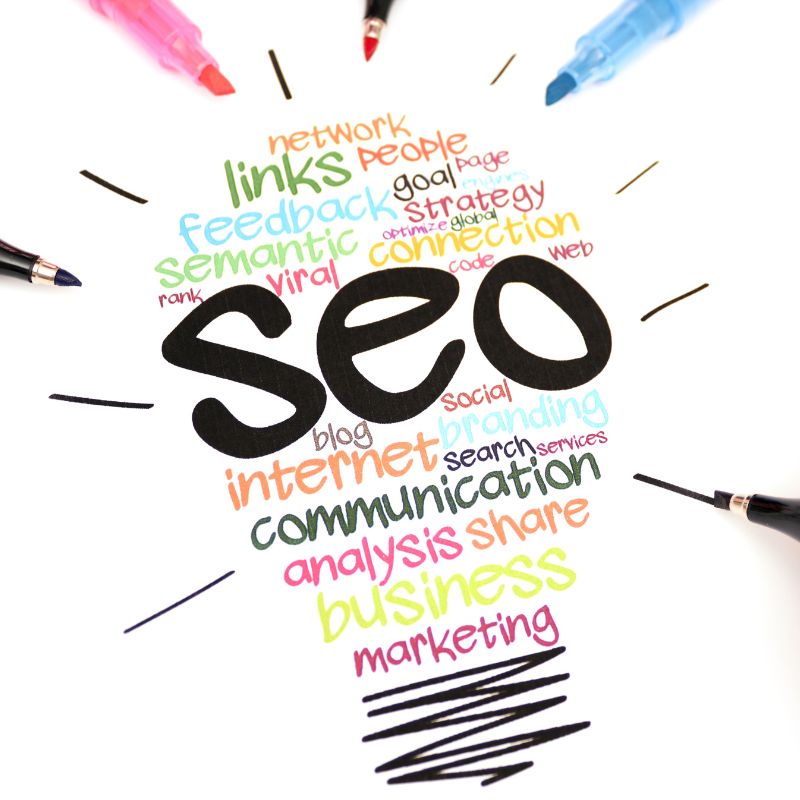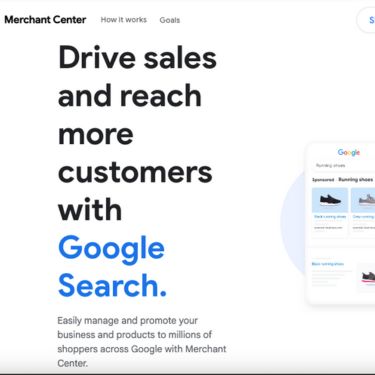The internet has become one of the most significant and transformative innovations of our time, revolutionizing the way we communicate, work, shop, and entertain ourselves. It has connected people all over the world, breaking down geographical barriers and enabling the rapid dissemination of information. However, not all websites are accessible to everyone, especially those with disabilities. This is where website compliance and accessibility come into play.
According to the World Health Organization, around 20% of the world’s population has a disability that prevents them from using websites and accessing online content. This highlights the need for greater accessibility and inclusivity in web design, so that everyone can benefit from the vast opportunities and resources offered by the internet.
What Is Website Accessibility?
Website accessibility is the practice of designing and developing websites in a way that allows people with disabilities to use them effectively. This includes people with visual, auditory, physical, and cognitive disabilities. To accommodate these disabilities, websites must ensure content is easy to read and navigate, providing alternative text for images, and making sure the website is compatible with assistive technologies like screen readers and speech recognition software. By prioritizing website accessibility, businesses can ensure that everyone, regardless of their abilities, can access and benefit from their website.
Compliance
Compliance refers to the adherence to specific guidelines and standards that ensure a website is accessible to people with disabilities. Compliance standards are set by various organizations, such as the World Wide Web Consortium (W3C), which has developed the Web Content Accessibility Guidelines (WCAG). These guidelines provide a framework for making websites accessible and are widely recognized as the standard for web accessibility compliance.
When designing a website, it’s essential to consider compliance and accessibility from the start. This means integrating accessibility into the design and development process, rather than retrofitting it later. There are many ways to ensure compliance and accessibility, including:
- Use clear and concise language: Use language that is easy to understand and avoids jargon or technical terms. This is especially important for people with cognitive disabilities or those who use assistive technologies like screen readers.
- Provide alternative text for images: Images are an important part of website design, but they can be challenging for people with visual impairments. Providing alternative text for images helps them understand the content of the image.
- Ensure a clear layout and easy navigation: Make sure the layout is clear, with easy-to-read fonts and appropriate spacing. Navigation should be intuitive and easy to use, with clear labels for all links and buttons.
- Use color contrast: Ensure that there is enough contrast between text and background colors. This makes it easier for people with visual impairments to read the content.
- Add closed captioning and transcripts for videos: Videos are becoming increasingly popular on websites, but they can be challenging for people with hearing impairments. Closed captioning and transcripts provide an alternative way to access the content.
- Test with assistive technologies: Test the website with assistive technologies like screen readers, speech recognition software, and keyboard-only navigation. This helps ensure that people with disabilities can use the website effectively.
Compliance Software
There are several software companies that provide accessibility solutions for web businesses. These companies offer a range of tools and services, including automated scans, manual checks, and ongoing support to ensure compliance with accessibility standards. By partnering with these companies such as AccessiBe (a partner of Point of Action Marketing), web businesses can ensure that their websites are accessible to everyone, including people with disabilities, and provide a better user experience for all users.
AccessiBe
AccessiBe is an AI-powered web accessibility solution that helps businesses ensure their websites are compliant with accessibility standards. As can be seen on the Point of Action Marketing website in the video below, AcessIbe uses machine learning algorithms to analyze website content and automatically adjust it to meet compliance requirements. It provides features such as keyboard navigation, text-to-speech, font resizing and cognitive disability profiles which can be customized to meet individual needs. Please note that Point of Action Marketing has partnered with AccessiBe and may earn a commission if you click on any links related to AccessiBe in this blog. However, the content of the blog is not influenced by this partnership and is intended to provide helpful and informative content about website accessibility and compliance.
Explore the world of website accessibility and see how software can effectively enhance user experience for individuals with disabilities in this brief demonstration video (and try it on our website too!)



